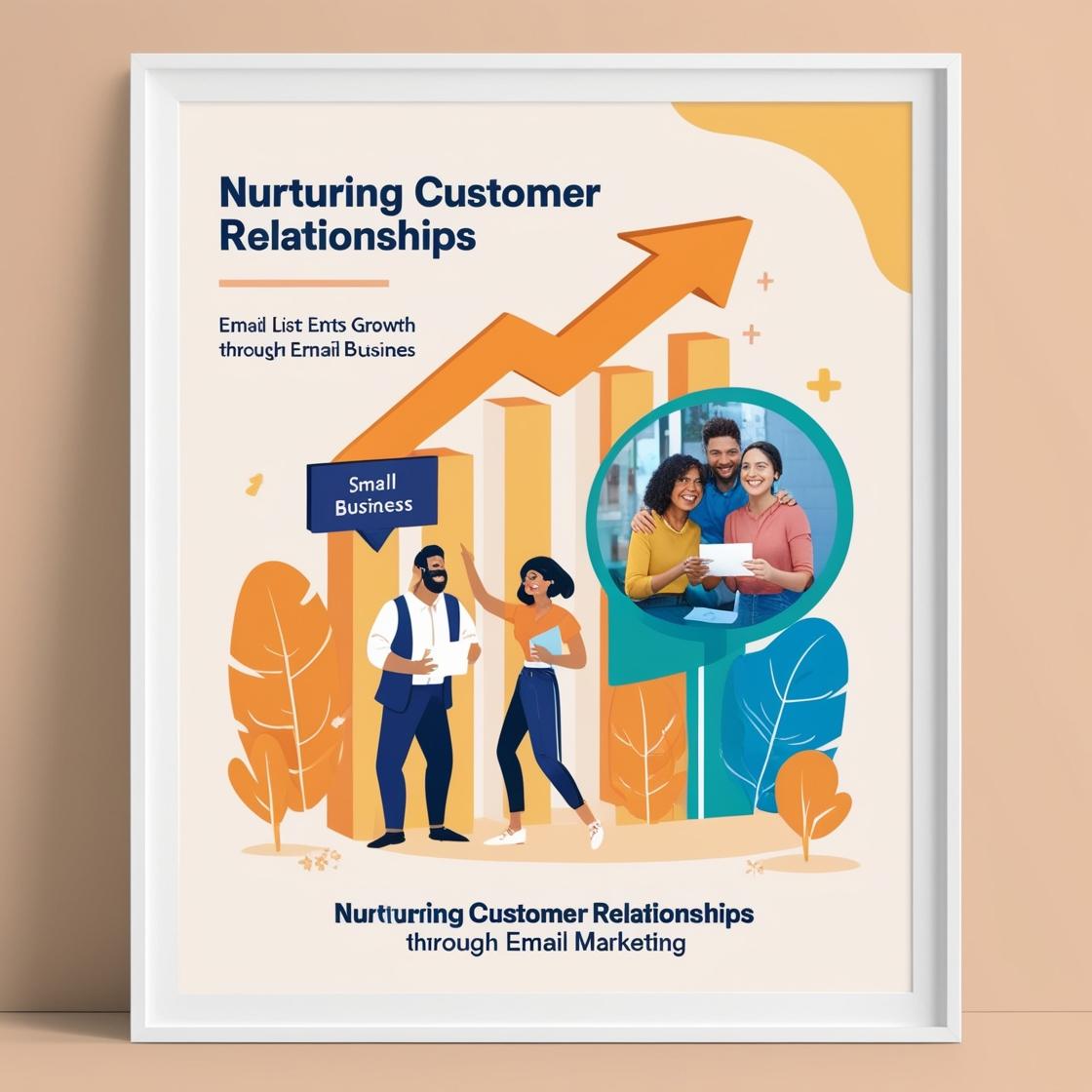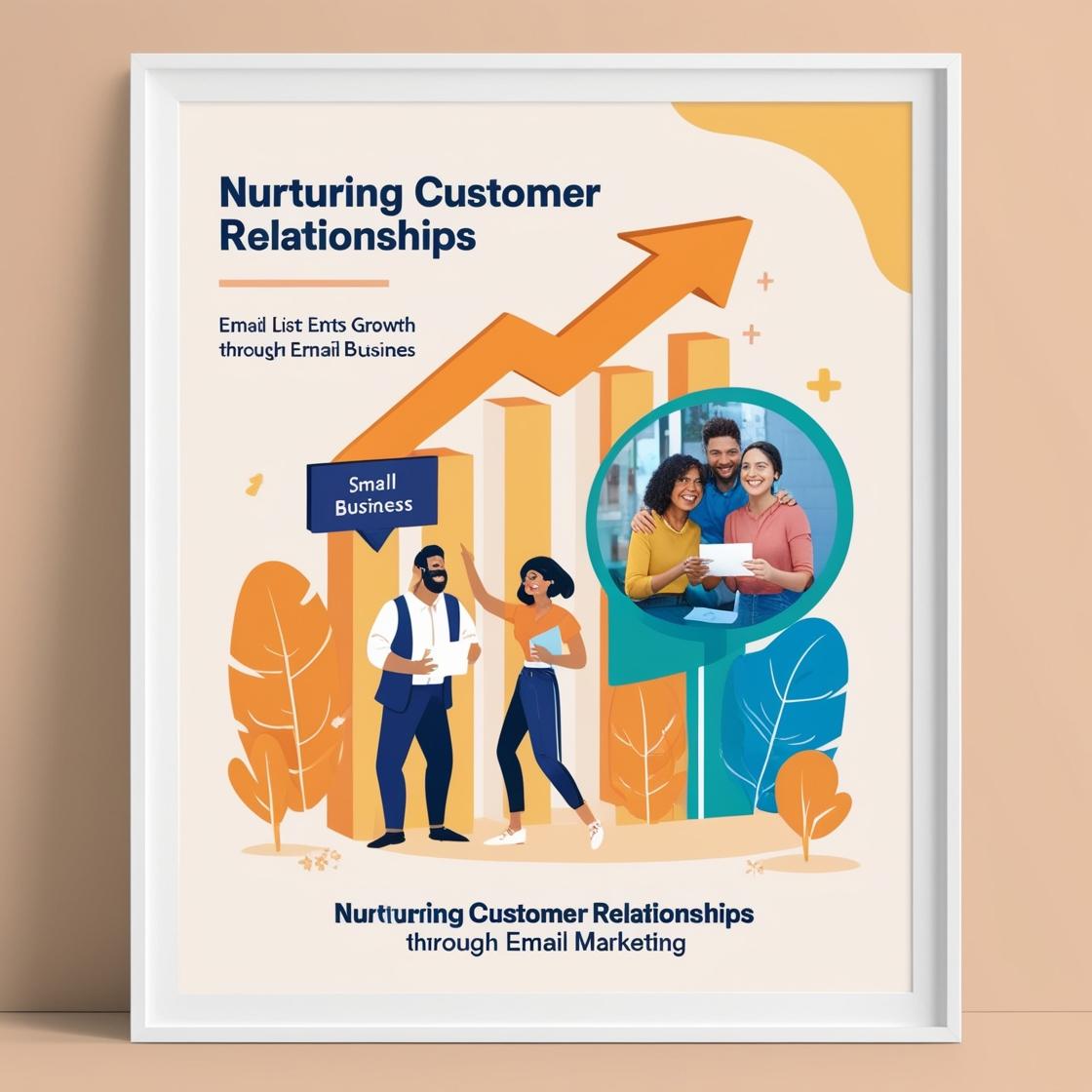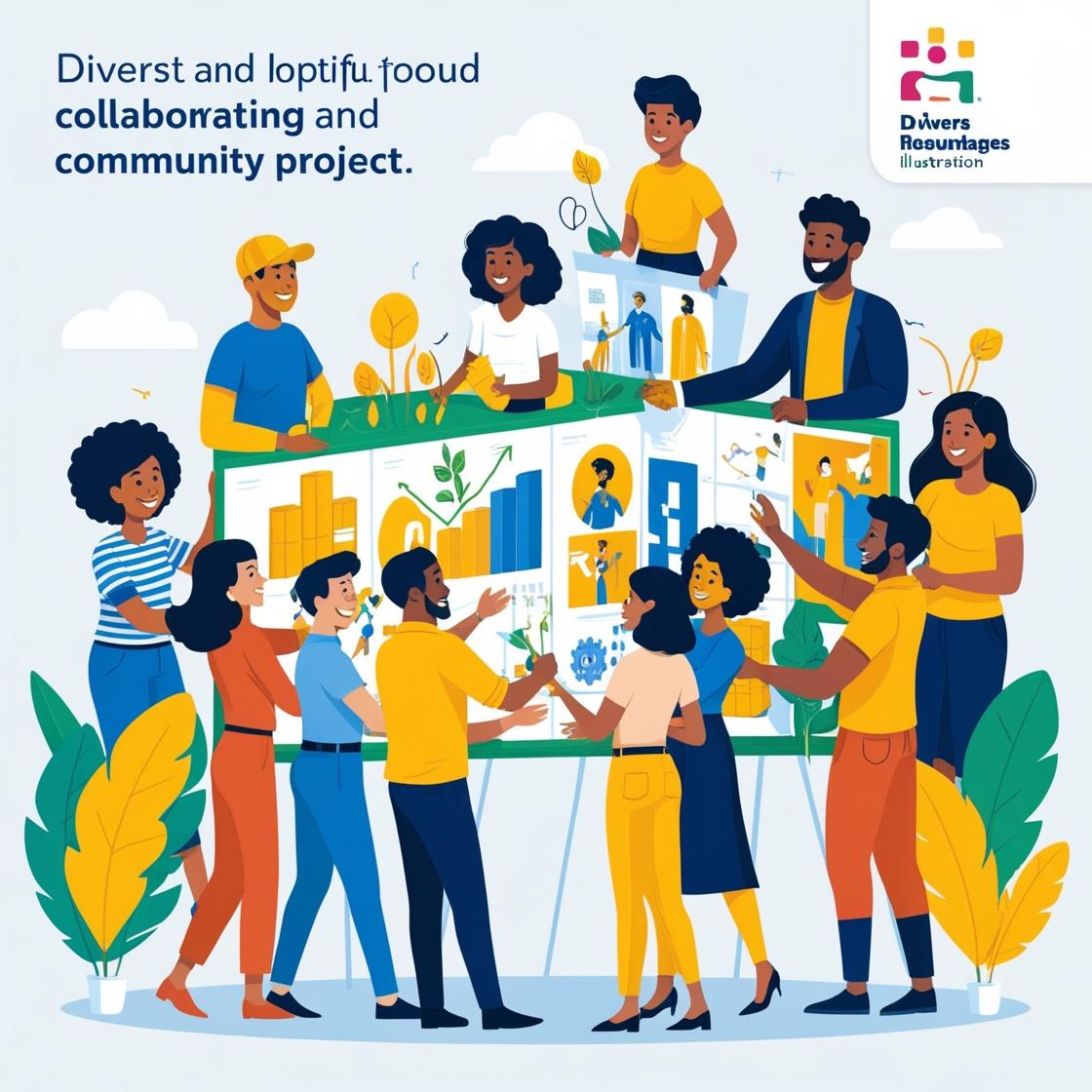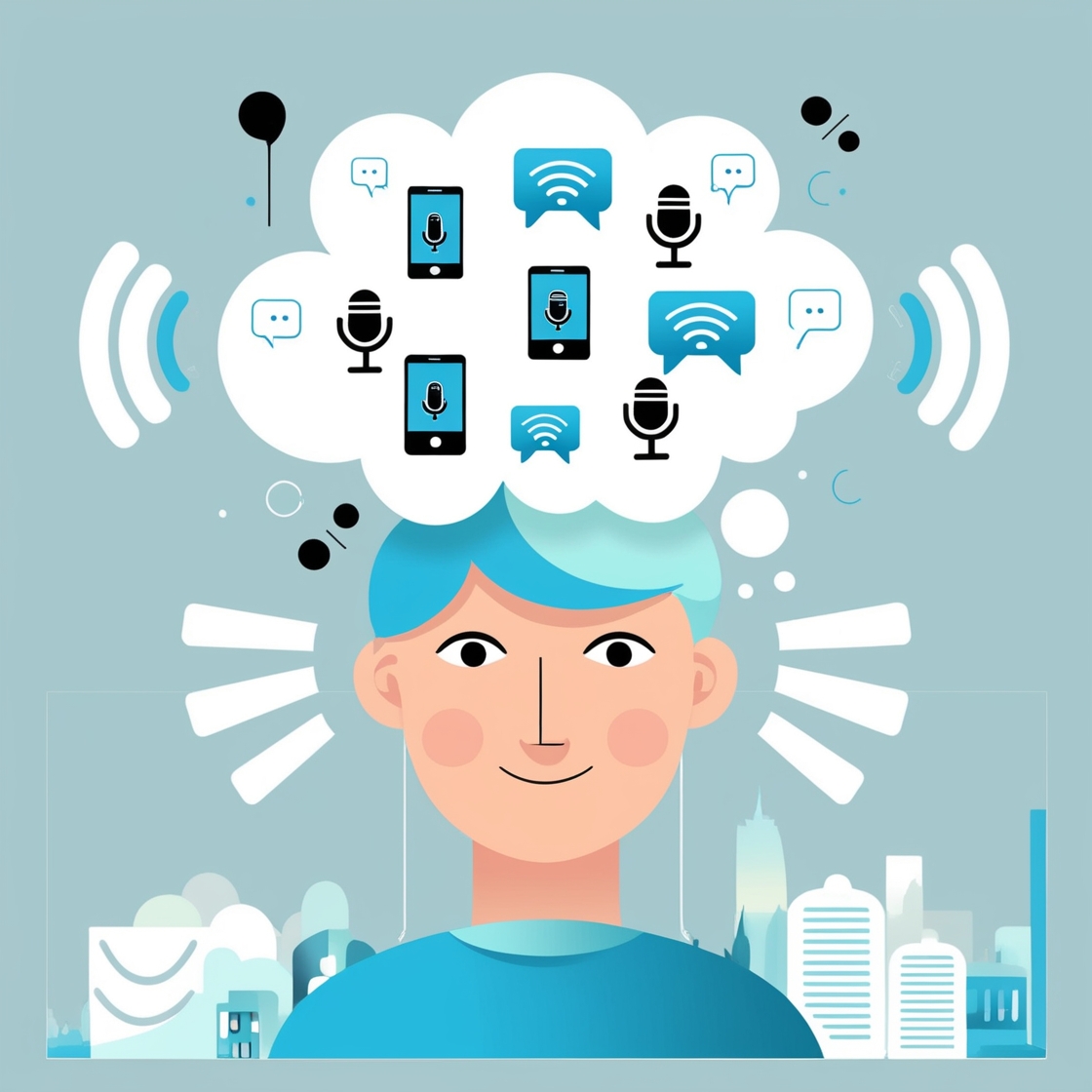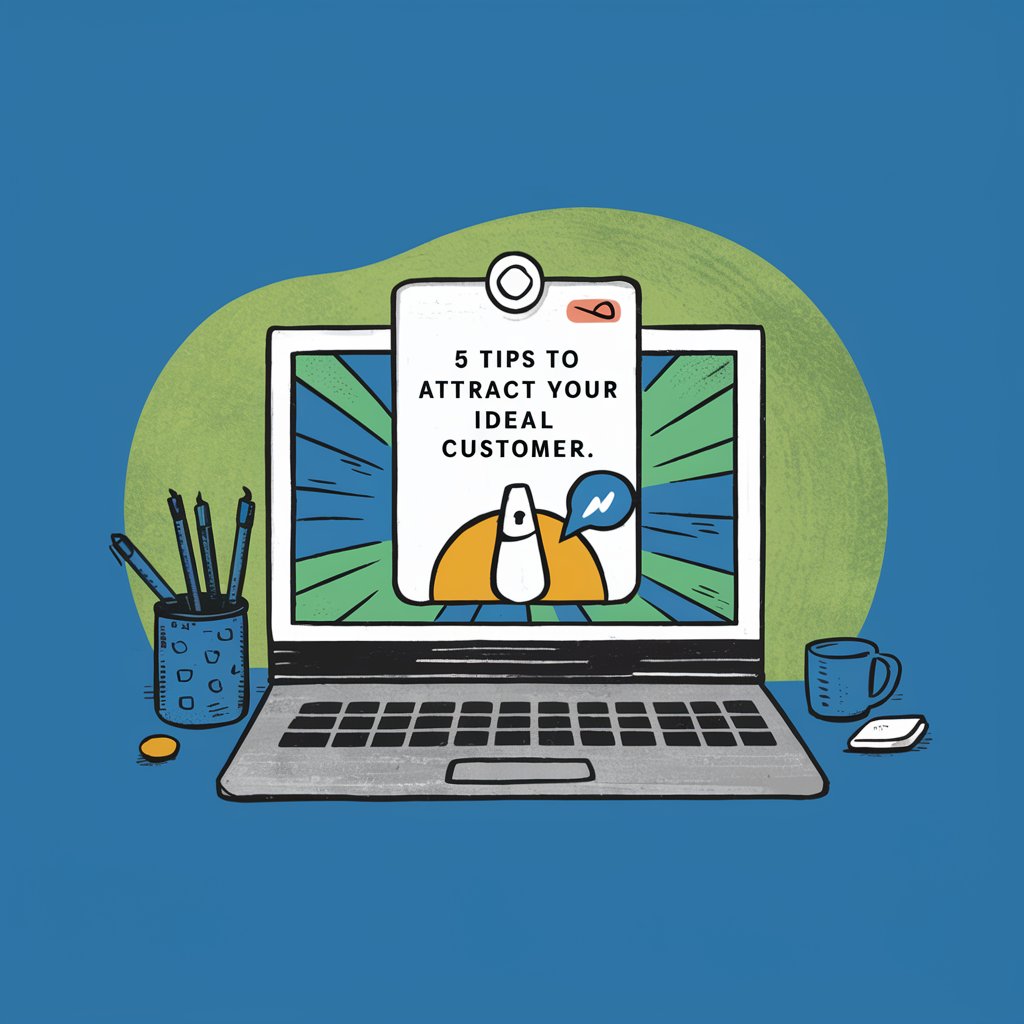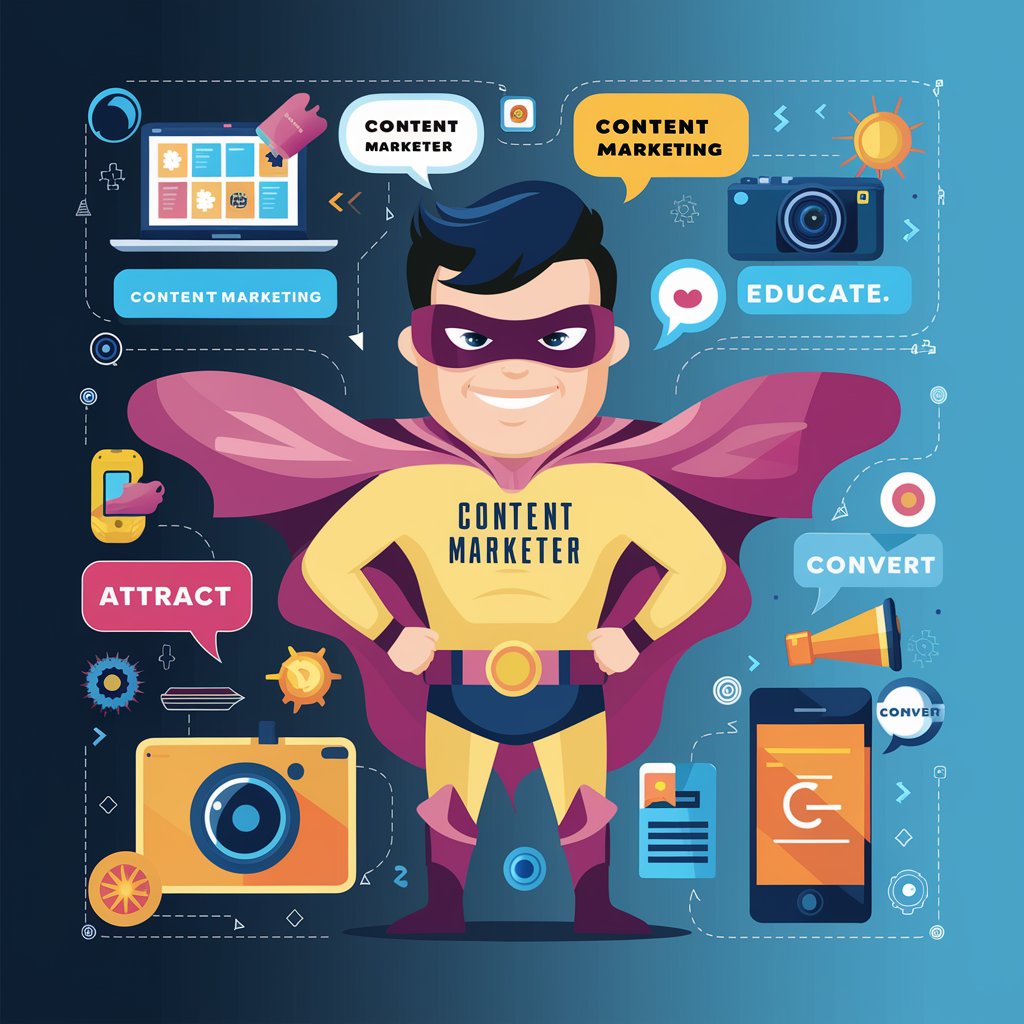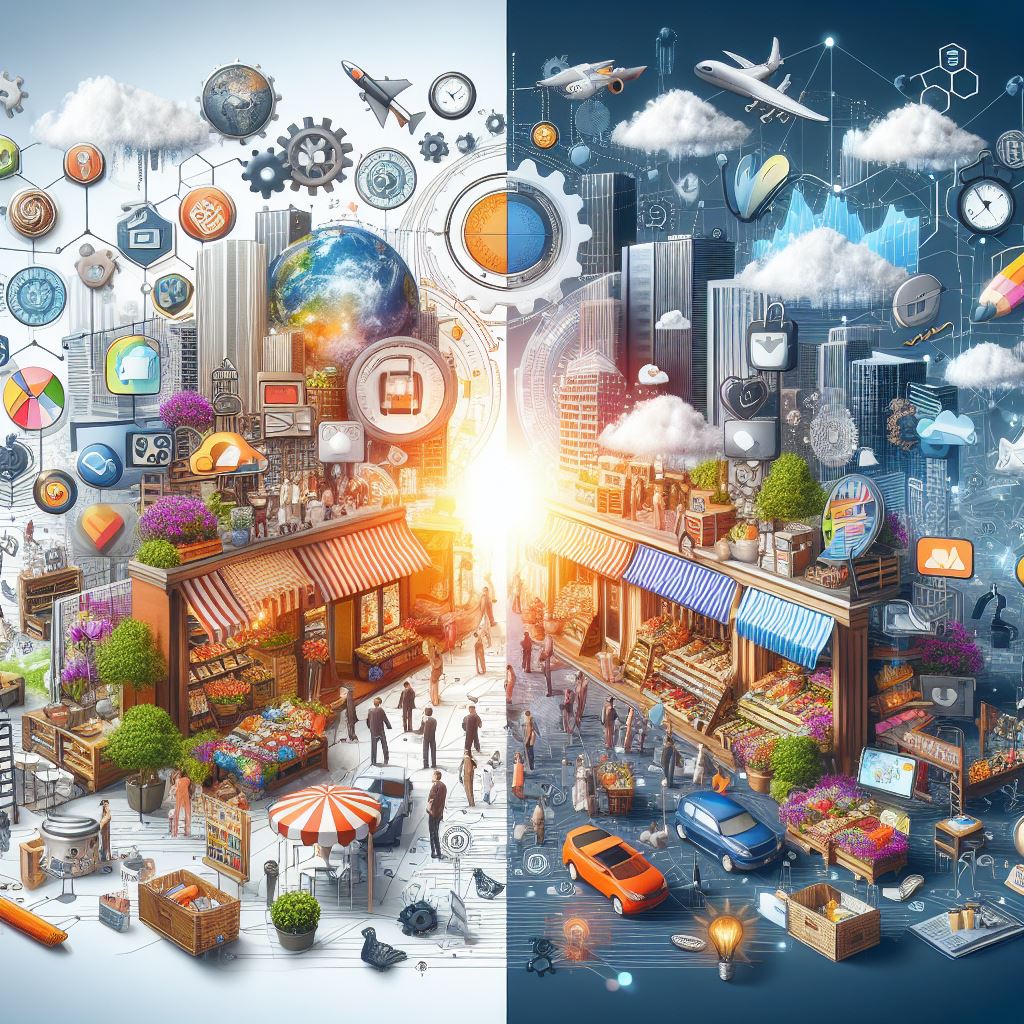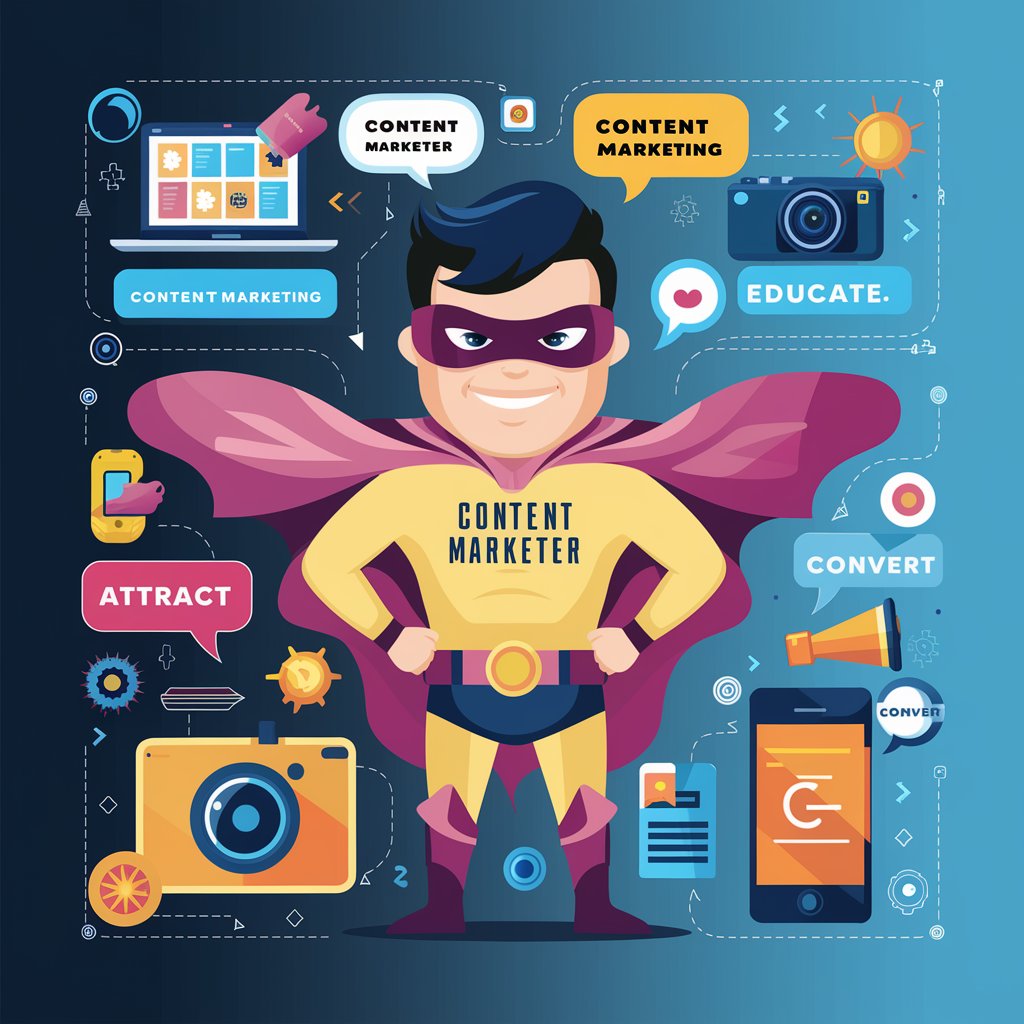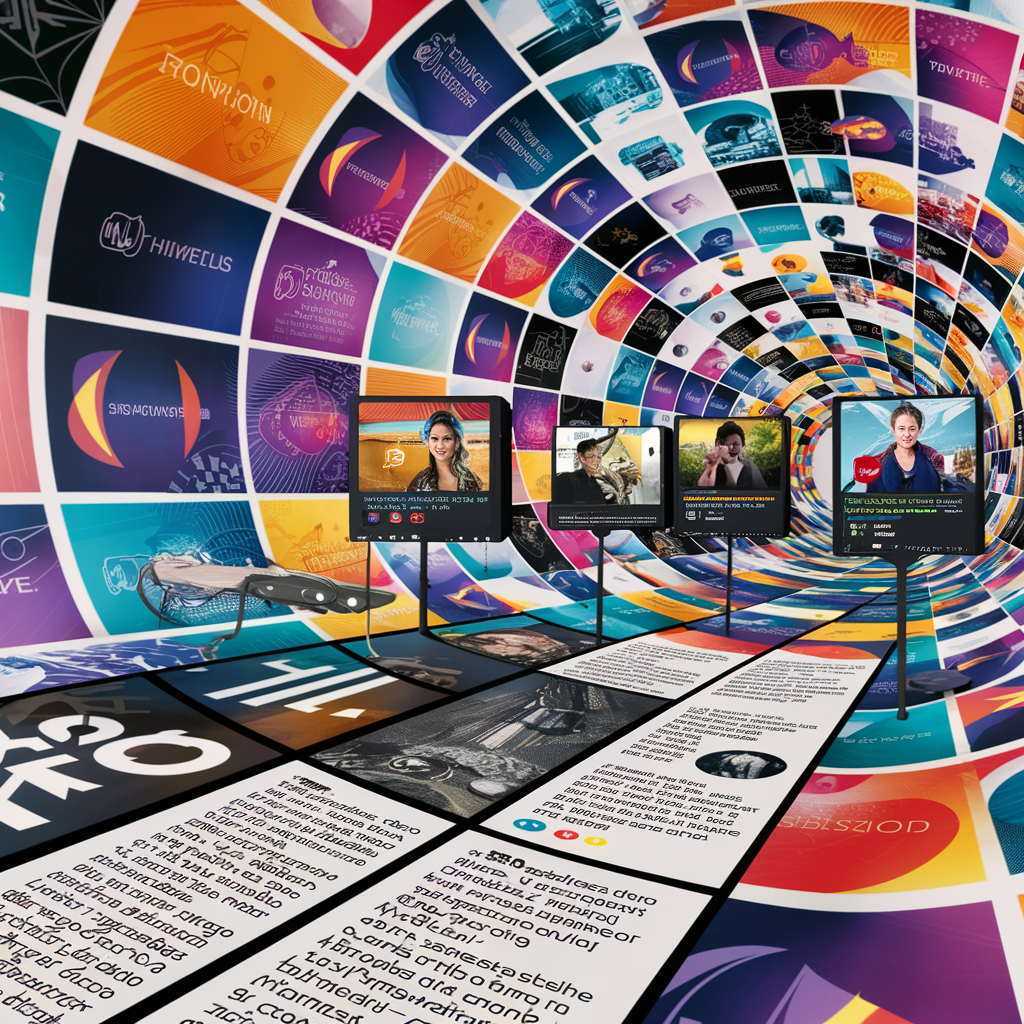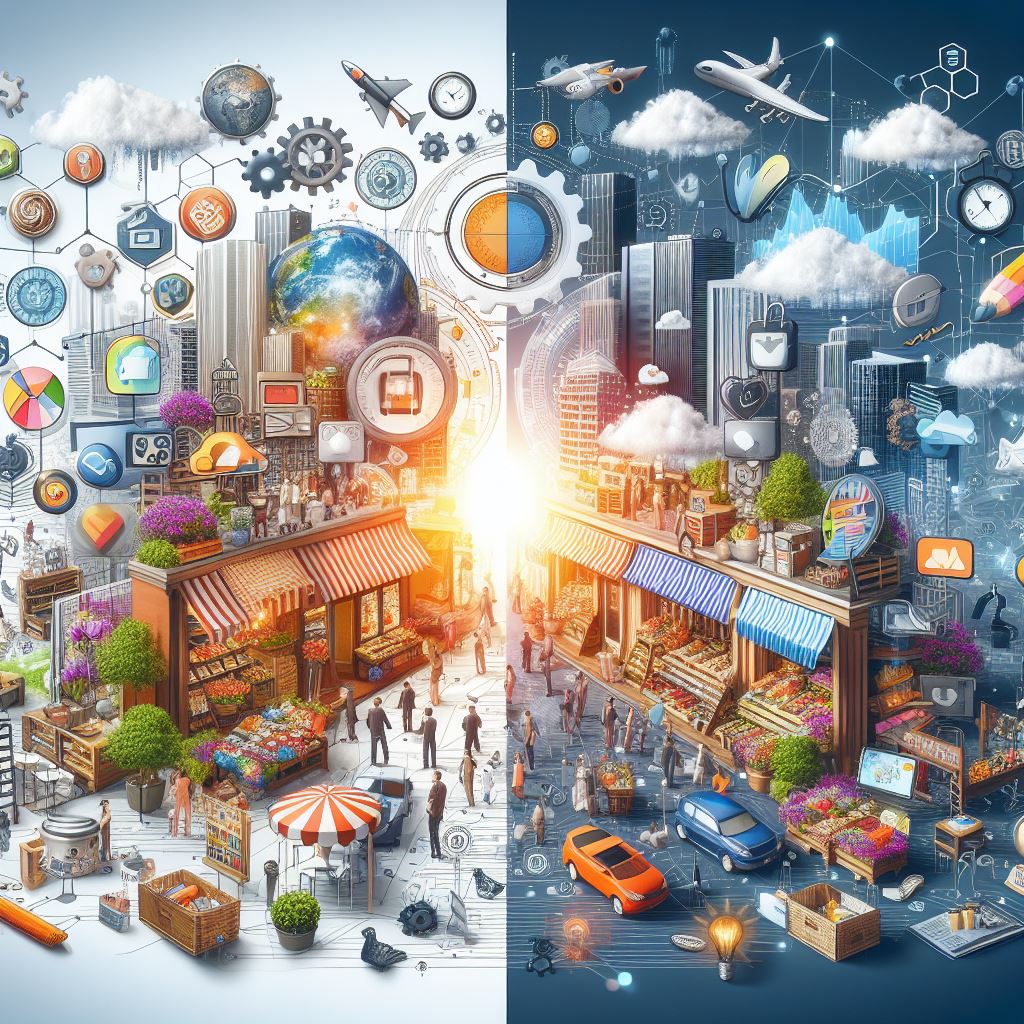;
Emerging Digital Marketing Trends to Watch in 2025
Maryam Sadin
| March 5 |
As we progress through 2025, the digital marketing landscape continues to evolve, introducing innovative strategies and technologies that reshape how businesses connect with their audiences. Staying abreast of these trends is crucial for marketers aiming to maintain a competitive edge. Here are some of the most significant developments shaping digital marketing this year:1. AI-Powered PersonalizationArtificial Intelligence (AI) has become integral to delivering personalized customer experiences. By analyzing vast amounts of data, AI enables businesses to tailor content, product recommendations, and advertisements to individual preferences, enhancing engagement and conversion rates. This shift towards hyper-personalization allows brands to connect with consumers on a deeper level, fostering loyalty and satisfaction. 2. Voice and Visual Search OptimizationThe increasing use of voice-activated devices and visual search tools is transforming how consumers seek information. Optimizing content for voice search involves focusing on natural language keywords and concise answers, while visual search requires high-quality images with relevant metadata. Adapting to these search methods ensures that brands remain accessible and relevant in an evolving search landscape. 3. Rise of Connected TV (CTV) AdvertisingConnected TV platforms have opened new avenues for advertisers to reach audiences through streaming services. CTV advertising combines the reach of traditional television with the precision of digital marketing, allowing for targeted and measurable campaigns. As more consumers shift to streaming, investing in CTV advertising becomes essential for brands aiming to capture this growing audience. 4. Integration of Generative AI in Content CreationGenerative AI is revolutionizing content creation by producing text, images, and videos based on user inputs. This technology enables marketers to generate personalized content at scale, enhancing storytelling and engagement. For instance, AI-driven storytelling can craft narratives that resonate with individual consumers, creating more meaningful interactions. 5. Emphasis on First-Party Data CollectionWith growing concerns over privacy and data security, businesses are shifting towards collecting first-party data—information gathered directly from consumers with their consent. This approach not only ensures compliance with regulations but also builds trust with customers. Leveraging first-party data allows for more accurate targeting and personalization, leading to improved marketing outcomes. 6. Growth of Employee-Generated Content (EGC)Employee-generated content is emerging as a valuable asset in marketing strategies. Content created and shared by employees adds authenticity to brand messaging and showcases company culture. Encouraging employees to share their experiences and insights can enhance brand credibility and expand reach through personal networks. 7. Short-Form Video DominanceShort-form videos continue to dominate social media platforms, capturing attention with concise and engaging content. Marketers are leveraging this trend by creating snackable videos that convey key messages quickly, catering to consumers' decreasing attention spans. Platforms like TikTok and Instagram Reels have become essential channels for distributing such content. 8. Sustainability and Ethical MarketingConsumers are increasingly favoring brands that demonstrate environmental responsibility and ethical practices. Incorporating sustainability into marketing strategies not only appeals to eco-conscious consumers but also reflects a brand's commitment to social responsibility. Transparent communication about sustainable initiatives can enhance brand image and loyalty. 9. Automation and Standard Operating Procedures (SOPs)The implementation of automation tools and SOPs is streamlining marketing processes, reducing manual efforts, and increasing efficiency. Automation facilitates tasks such as email marketing, social media posting, and data analysis, allowing marketers to focus on strategic initiatives. Establishing SOPs ensures consistency and quality across marketing activities. 10. Omnichannel ExperiencesDelivering a seamless experience across multiple channels is becoming a standard expectation among consumers. An omnichannel approach ensures that interactions with a brand are consistent, whether online or offline, enhancing customer satisfaction and loyalty. Integrating various touchpoints, from social media to in-store experiences, creates a cohesive journey for the consumer. By embracing these emerging trends, businesses can adapt to the dynamic digital marketing environment of 2025, fostering stronger connections with their audiences and achieving sustained growth.


